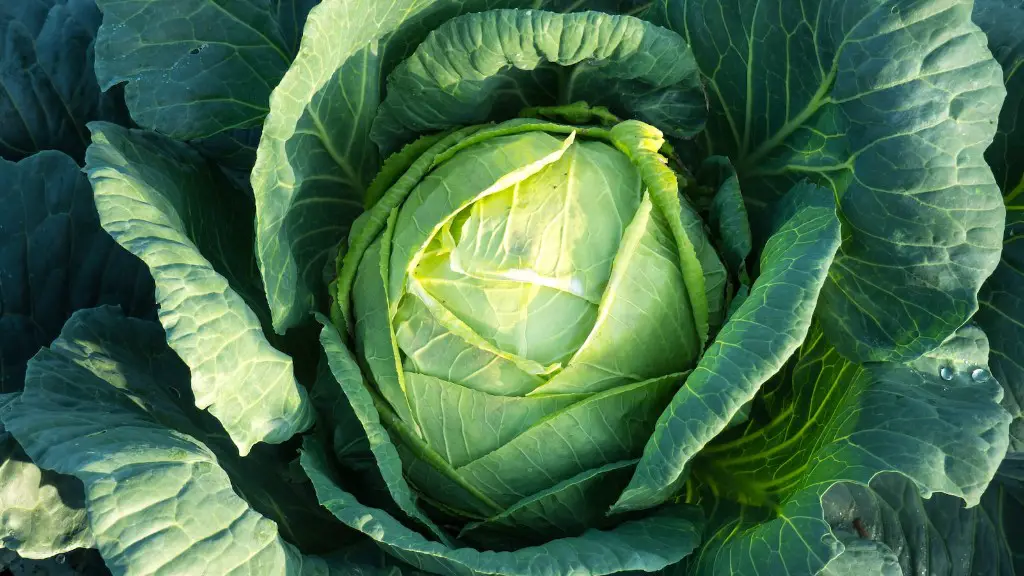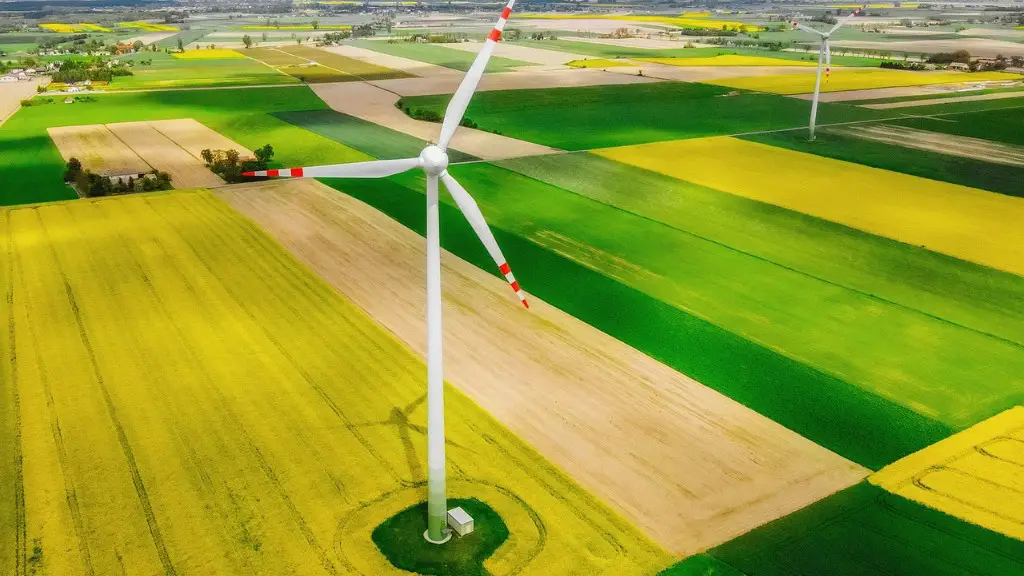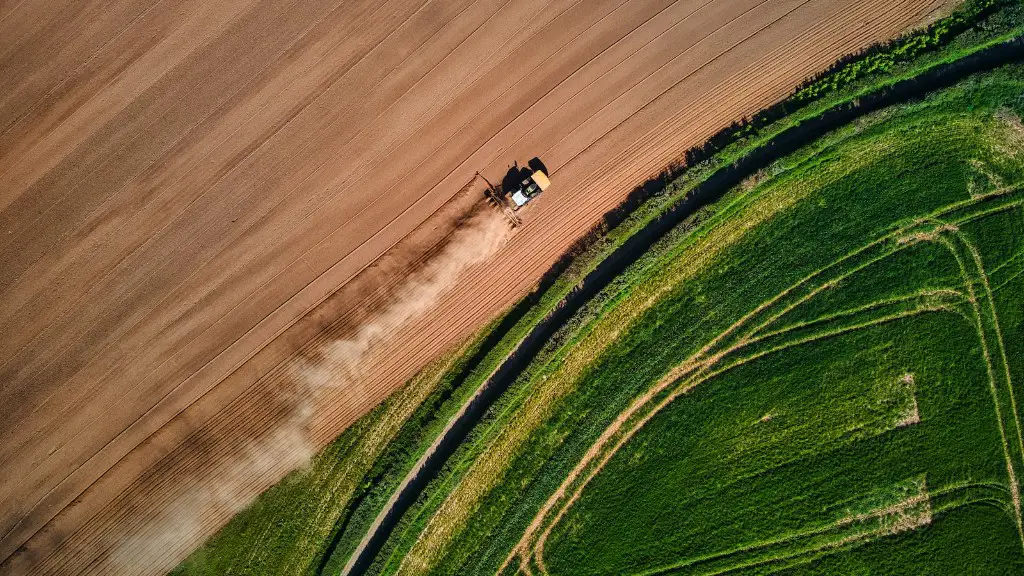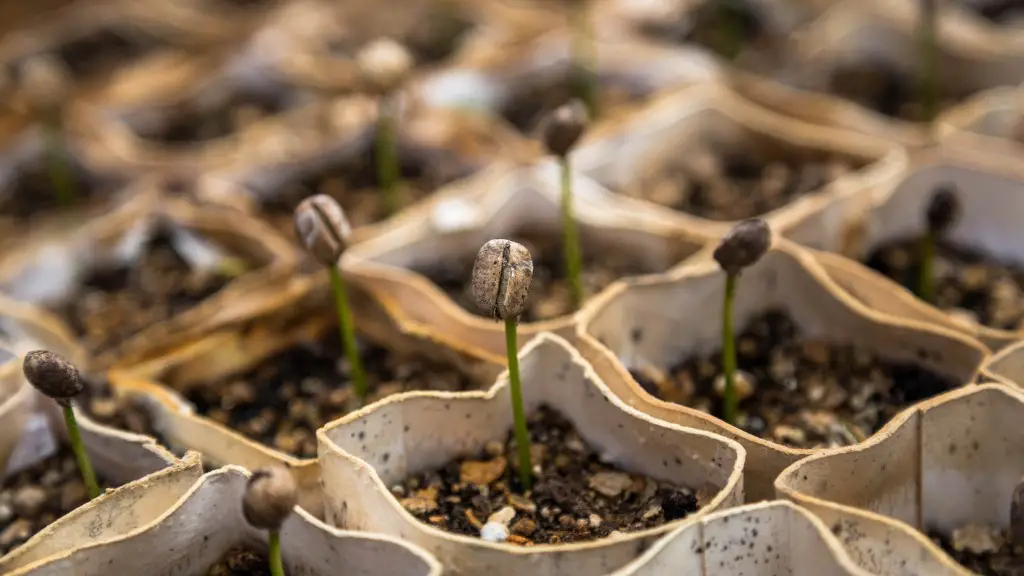Tropical agriculture is the farming of crops in tropical areas with a warm climate. Tropical agriculture includes the cultivation of both food and non-food crops, and the raising of livestock.
Tropical agriculture is a major economic activity in many tropical countries, and is an important source of food and income for millions of people. The main crops grown in tropical areas are rice, maize, wheat, soybeans, and pulses. Other important crops include sugarcane, coffee, oil palm, and rubber.
Tropical agriculture is often associated with intensive farming practices, due to the high demand for food crops in tropical countries. However, there is a growing movement towards sustainable agriculture practices, which aim to minimize environmental impacts and improve the livelihoods of small-scale farmers.
Tropical agriculture is a branch of agriculture that deals with the cultivation of crops in tropical climates. Tropical agriculture includes the production of sugarcane, coffee, tea, cocoa, rubber, palms, bananas, and others.
What does tropical mean in agriculture?
Tropical farming is a type of agriculture that is practiced in the tropics, which is the area of the world bounded by the Tropic of Cancer and the Tropic of Capricorn. This area of the world includes parts of Latin America, Africa, India, Australia, and Southeast Asia. The climate in the tropics is generally hot and humid, which is ideal for growing crops such as rice, maize, and soybeans.
No other cereal grain is grown and consumed on such a large scale as rice. It is the staple food for more than half the world’s population. It is grown in all the tropical and subtropical regions of the world.
Rice is a very versatile grain and can be used in a variety of dishes. It can be cooked and eaten as is, or it can be used in soups, stews, casseroles, and salads.
Rice is a good source of carbohydrates and is low in fat. It is also a good source of vitamins and minerals, including iron, thiamin, niacin, and vitamin B6.
What type of agriculture is found in the tropics
Intensive subsistence agriculture is the most abundant type of agriculture practiced around the world. It is highly dependent on animal power, and is commonly practiced in the humid, tropical regions of the world. This type of agriculture often results in low yields, and is not very efficient in terms of land use.
There is a marked contrast in agricultural land use in the tropics compared to the temperate zone. The tropics have less land devoted to cereal crops, but more land devoted to legumes. Crop yields are lower in the tropics, with the average yield for cereals being only 58% of that for the temperate zone. This is due to a variety of factors, including lower levels of technology and inputs, and more challenging growing conditions. Despite these challenges, the tropics are home to a great diversity of crops, and produce a significant amount of the world’s food.
What are examples of tropical crops?
Tropical plants with edible fruits are an important part of the diet in many parts of the world. They provide essential nutrients and vitamins that are necessary for good health. Some of the most common tropical fruits include banana, pawpaw, pineapple, coconut, carambola, guayava, and tamarind. These fruits are not only delicious, but they are also packed with nutrients that are essential for good health. In addition to being a good source of vitamins and minerals, these fruits are also a good source of fiber. This type of fiber helps to promote good digestive health and can also help to lower cholesterol levels.
The word “temperate” can be used to describe both climate and weather. When used in relation to climate, it refers to a region or climate that is frost-free with temperatures high enough to support year-round plant growth given sufficient moisture. When used in relation to weather, it refers to conditions that are not extreme, either in terms of temperature or weather conditions.
What tropical crops are profitable?
Limes, coconuts, mangos, and avocados are some of the most profitable crops for agricultural investment. Colombia in particular is poised as the best location for growing each of these fruits. Soybeans and coffee are other crops that are riskier investments that are not as likely to see as high of a return.
The humid tropical regions of the world receive the highest amount of solar radiation annually, which makes them ideal for the cultivation of crops year-round. These regions also generally have high mean annual temperatures and high amounts of mean annual rainfall, which further contribute to their suitability for agricultural production.
What is grown on tropical plantations
Plantation agriculture is a type of farming that involves growing crops on a large piece of land. Plantation agriculture is usually done on land that is owned by a plantation owner. The plantation owner will then hire workers to work on the plantation.
The most common crops that are grown in plantation agriculture are cocoa, coffee, tea, sugarcane, tobacco, rubber, banana, cotton, and palm oil.
The four main branches of agriculture are livestock production, crop production, agricultural economics, and agricultural engineering. Each branch plays a vital role in the overall agricultural industry and contributes to the success of farmers and ranchers.
What food grows in the tropical climate?
Tea, coffee, and cocoa are all tropical crops that have been cultivated for centuries. Coconuts have been cultivated for over 4000 years and are a staple food in many tropical cultures. Pineapples are the compound fruit of a bromeliad and have a unique flavor that is prized by many. Sugar cane is a large grass with C4 photosynthesis that is used to make sugar, molasses, and rum.
The program is oriented towards modern farming systems in tropical regions of developing countries. The TFS study program covers the issue of crop production with emphasis on the long-term sustainability of farming systems and surrounding natural ecosystems.
What are the problems of tropical agriculture
The soil in this region is heavily leached of its natural plant nutrients due to the heavy rainfall, making it deficient in nutrients. Consequently, crops grown in this soil yield very low output unless fertilizers are used. The warm, moist climate has encouraged the prevalence of pests and diseases.
There are three climate types in the tropical group: tropical wet; tropical monsoon; and tropical wet and dry. Places with a tropical wet climate are also known as rainforests. These equatorial regions have the most predictable weather on Earth, with warm temperatures and regular rainfall.
What are the 4 types of tropical climates?
There are four main types of tropical climates according to Wladimir Köppen- tropical rainforest, tropical monsoon climate, tropical savanna (dry winter), and tropical savanna (dry summer). All of these climates are characterized by warm weather and high levels of precipitation. Tropical rainforests are the wettest of the four climates, with tropical monsoon climates being the second wettest. Tropical savannas have a dry season during the winter months, and a wet season during the summer months.
Acerola cherry, avocado, banana, bitter orange, breadfruit, carambola, chironja, coconut, cucumber, frambuesa, grapefruit, guanabana, guava, guineos nino, jobo are some of the common and unusual tropical fruits. These fruits are rich in vitamins, minerals and antioxidants which are beneficial for our health. They help in boosting immunity, preventing chronic diseases and keeping our skin and hair healthy.
What is the most common tropical fruit
Mangoes are by far the most popular tropical fruit in the world, with pineapples, papayas and avocados coming in a distant second, third and fourth respectively. This is reflected in the production numbers of each fruit, with mangoes dwarfing the other three combined. For the purpose of this exercise, we will focus on these four fruits, referred to as the “major tropical fruits”.
Florida’s heat and longer growing season is perfect for tropical vegetables. The winged bean, jicama, chayote, and malanga all thrive in these conditions and add a beautiful touch to the landscape. Sweet potatoes, cassava, and calabaza are also well-suited to the Florida climate and will produce bountiful harvests.
Warp Up
Tropical agriculture is a type of agriculture that is practised in tropical regions. Tropical agriculture includes the production of crops such as rice, maize, wheat, and vegetables. It also includes the raising of livestock such as cattle, pigs, and chickens.
Tropical agriculture is a type of farming that is practiced in tropical areas. The main objective of tropical agriculture is to produce food and other crops for the people who live in these areas. Tropical agriculture also provides employment for many people who are involved in the farm activities.





